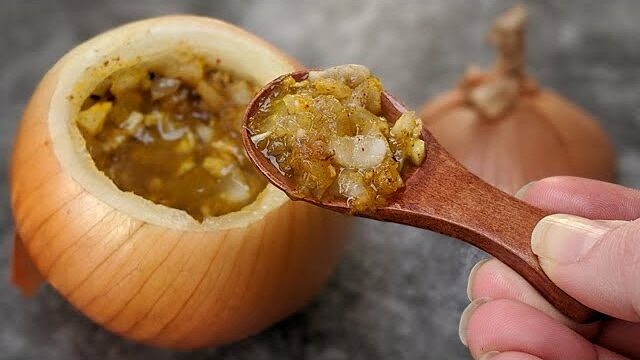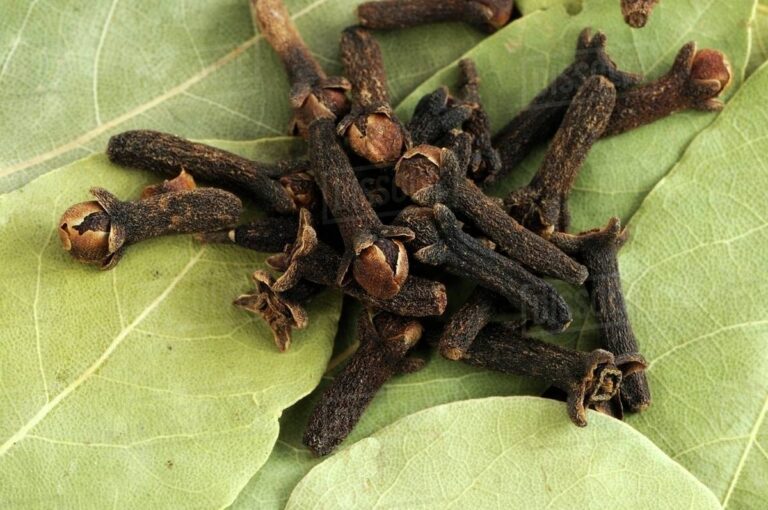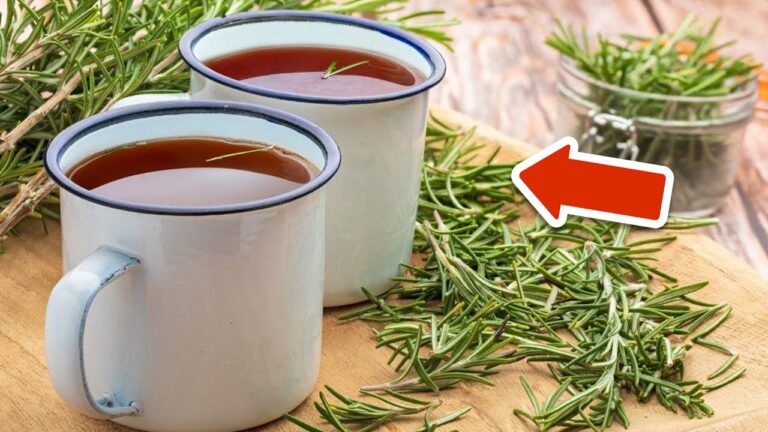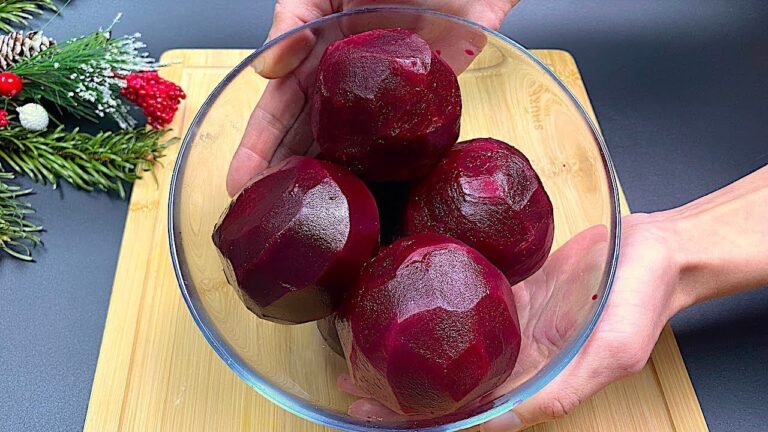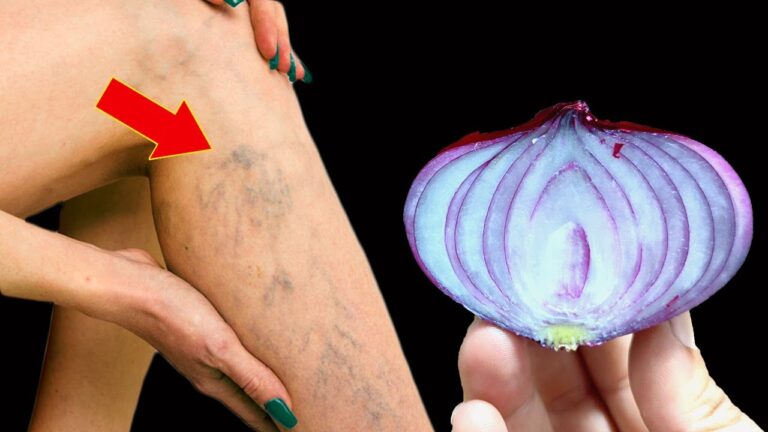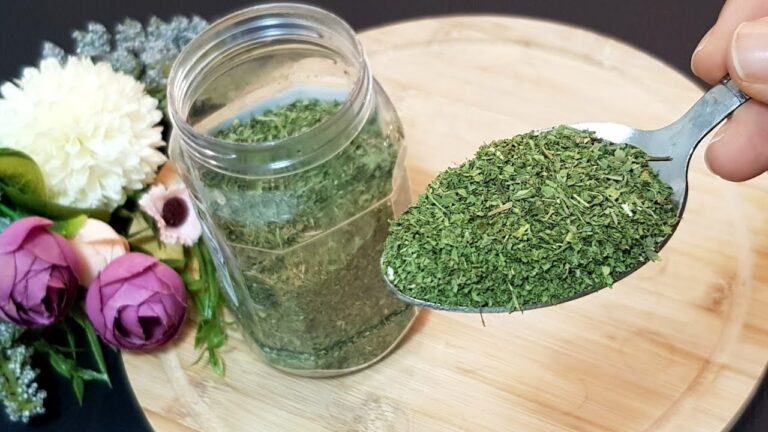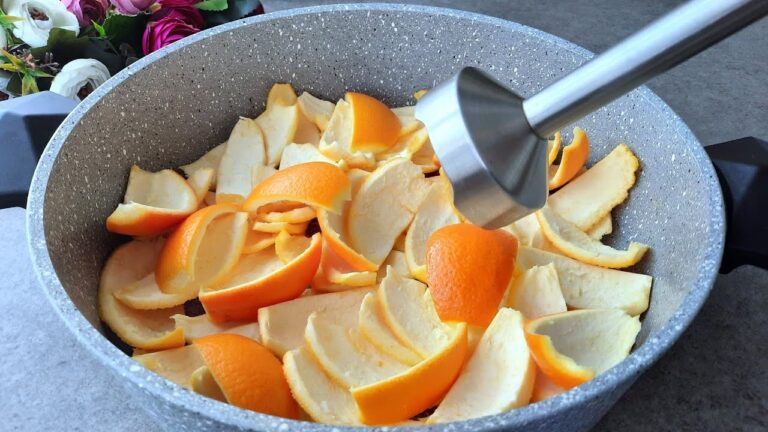If you’re struggling with a persistent cough or respiratory infections like bronchitis, pharyngitis, or a cold, this powerful natural remedy can help. Packed with immune-boosting ingredients, it acts as a natural antibiotic to soothe your throat, clear mucus, and relieve inflammation. Here’s how you can make this simple, effective remedy.
Ingredients:
- 1 large onion
- 1 clove of garlic
- 1 piece of fresh ginger
- 1 pinch of ground cloves
- 1/4 teaspoon of cinnamon
- 1/4 teaspoon of turmeric
- A pinch of black pepper
- 1 tablespoon of raw, unpasteurized honey
How to Prepare:
- Prepare the Ingredients:
- Peel and finely chop the onion and garlic.
- Grate or crush the fresh ginger.
- Combine the ground cloves, cinnamon, turmeric, and pepper in a small bowl.
- Cook the Mixture:
- In a small saucepan, add the chopped onion, garlic, and grated ginger.
- Add enough water to cover the ingredients and bring it to a boil.
- Once boiling, reduce the heat and let it simmer for about 10–15 minutes, allowing the ingredients to infuse their healing properties into the water.
- Strain and Add Honey:
- Strain the mixture into a cup to remove the solid pieces.
- Add the raw honey to the warm liquid and stir until it dissolves completely.
How to Use:
- Drink 1–2 tablespoons of this remedy 2–3 times a day to relieve coughing and respiratory discomfort.
- For chronic coughing or ongoing respiratory issues, continue using the remedy for a few days until symptoms improve.
Benefits of This Remedy:
- Stops Coughing: The combination of onion, garlic, and honey works to soothe the throat, reduce inflammation, and clear mucus from the respiratory system.
- Natural Antibiotic: Garlic, ginger, and honey have natural antibacterial and antiviral properties that help fight infections like bronchitis, pharyngitis, and colds.
- Reduces Inflammation: The anti-inflammatory properties of turmeric, cinnamon, and pepper help to reduce swelling in the airways, making it easier to breathe.
- Supports Immune Function: The powerful antioxidants in garlic, ginger, and honey boost the immune system, helping your body fight off infections more effectively.
Tips for Best Results:
- Use raw, unpasteurized honey to get the full benefit of its antimicrobial properties.
- If you prefer a more soothing taste, you can adjust the amount of honey to suit your flavor preferences.
- For a quick relief, consume the remedy warm before bed to calm nighttime coughing.
This natural remedy, full of potent ingredients, is a great way to relieve a cough and support your recovery from respiratory infections. It’s simple to make and can be a great addition to your home remedy toolkit!
